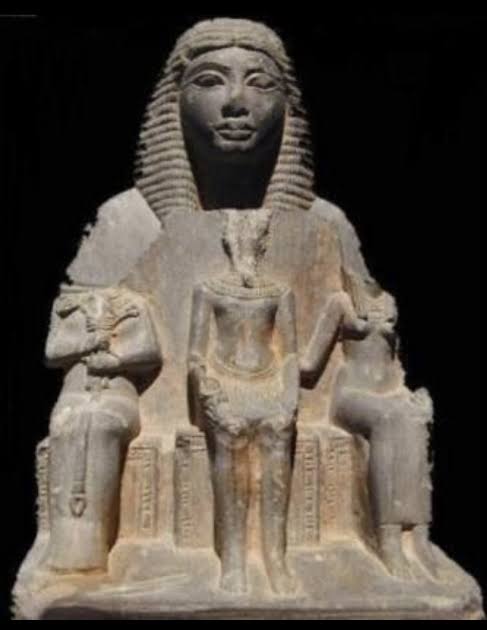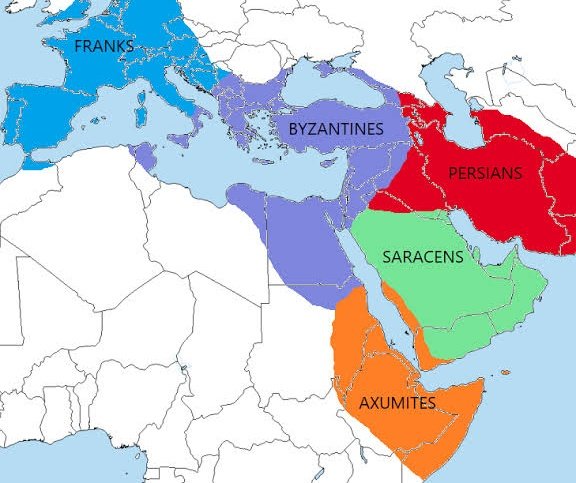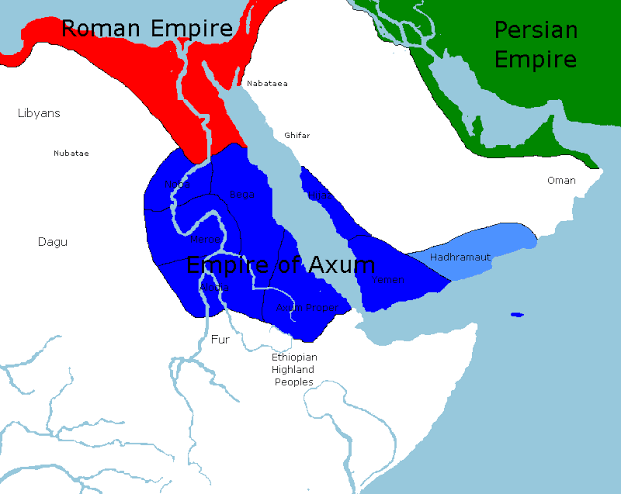
African Ancient schools
_
Famous well known Greeks (Europeans) whom we study their history and writings, studied at the feet of Ancient Egyptian (Kemet) scholars at the Temple of Waset founded 1405B.C (15BC Cent) & also in Timbuktu Temple founded in 1201BC (13BC Cent) in now Mali



_
Famous well known Greeks (Europeans) whom we study their history and writings, studied at the feet of Ancient Egyptian (Kemet) scholars at the Temple of Waset founded 1405B.C (15BC Cent) & also in Timbuktu Temple founded in 1201BC (13BC Cent) in now Mali




Phil Plato was a student at Waset Temple for 11yrs. Also, Aristotle was a student there for 11-13 years. Socrates spent at least 15 years at the same temple; likewise, Euclid studied for 10-11 years at the same temple. Pythagoras spent 22 years there.
https://twitter.com/Joe__Bassey/status/1310627227596455938?s=19
Ancient Scholars in Egypt began keeping records as far back as 4000 to 3000 BC same with the people of now sub-saharan Africa. Several Europeans also studied in Timbuktu Temple where most researches were carried out.
https://twitter.com/Joe__Bassey/status/1311921622723579905?s=19
Hippocrates studied in Waset for 20 years, plus a host of other little known Greeks who matriculated at Waset, among whom are Diodorus, Solon, Thales, Archimedes, and Euripides. With other scholars from Abyssinian (now Ethiopia), Nubia (Sudan) and from several Sub-Saharan tribes. 





Greek scholar, St. Clement of Alexandria, once said that if one were to list out the names of all the Greeks who studied under Egyptian tutors, a 1,000 paged book won’t be enough. Even Herodotus mentioned it, same with Plato and Aristotle some learning in Timbuktu Temple. 



Most of the scholars above also performed several researches at Timbuktu Temple in ancient Mali. The truth is that it took at least 40 years to graduate from Waset, meaning none of the Greek scholars mentioned above even graduated. 



In 332 BCE, Alexander the Great invaded Egypt (kemet) under military power. Greek Philosopher Aristotle and his fellow Greek cohorts stole many archives of Egypt and burned what they could not decipher & Timbuktu was attacked by the Moroccan Empire in the mid-17th century CE. 

During the Battle of Jenné the now Malians won by retaliating against the Moroccans on April 15 1599 chasing them out of their territory.
To know more about ancient African civilization and history check my likes and follow me to see my future post.



To know more about ancient African civilization and history check my likes and follow me to see my future post.




@threadreaderapp unroll
• • •
Missing some Tweet in this thread? You can try to
force a refresh















































